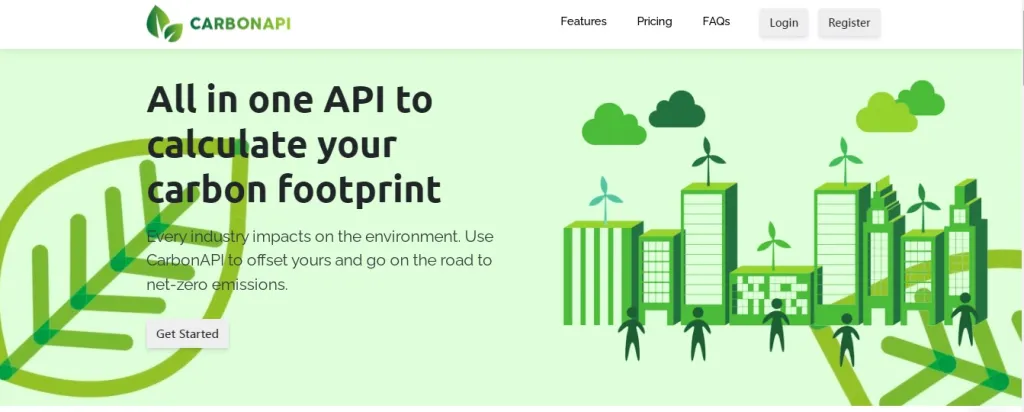This post will outline your carbon emissions calculation and provide information on what you can do to reduce them.
Transportation is a major source of carbon dioxide (CO2) emissions, which contribute to climate change. The burning of fossil fuels, such as gasoline and diesel, to power vehicles, releases CO2 into the atmosphere. Transportation accounts for a significant portion of global CO2 emissions, with road transportation being a major contributor. According to the International Energy Agency, the transportation sector was responsible for about 14% of global energy-related CO2 emissions in 2019.
There are several factors that contribute to the high level of CO2 emissions from transportation. One is the widespread use of gasoline and diesel as the primary fuels for transportation. These fuels release large amounts of CO2 when they are burned, and they are still the most commonly used fuel for vehicles around the world. Another factor is the increasing demand for transportation, which has led to a growth in the number of vehicles on the road and an increase in the distance traveled by vehicles.
There are steps that can be taken to reduce CO2 emissions from transportation, including increasing the use of alternative fuels such as electricity and hydrogen, improving the fuel efficiency of vehicles, and promoting the use of public transportation, walking, and cycling. Governments, businesses, and individuals all have a role to play in reducing transportation-related CO2 emissions and addressing climate change.
It is of the essence for companies to know what their carbon emissions are in order to make changes and adopt the right policies. Today this is really easy to do with the help of tools such as the carbon calculator APIs, that work integrated into their working platforms and even allow them to share this information with third parties.
What Carbon Footprint Is And Why Your Company Should Worry About It?
The term “carbon footprint” refers to the amount of greenhouse gas emissions that are produced as a result of an individual’s or organization’s activities. These emissions can come from direct sources, such as the exhaust from machinery or vehicles, or from indirect sources, such as the energy used to power a company’s operations. To better understand their environmental impact and reduce their carbon footprint, businesses can use a carbon calculator API.
This type of tool, which can be integrated into platforms or web pages, allows users to access data from various hardware or software systems and track their greenhouse gas emissions. By using a carbon calculator, individuals and companies can take steps to reduce their carbon footprint and minimize their environmental impact. Among the many carbon calculator APIs available we recommend you take a look at CarbonAPI.
More About CarbonAPI
CarbonAPI is a tool that helps businesses track and understand the impact of their actions on the environment by measuring CO2 levels. It is especially useful for industries such as airlines, transportation businesses, and cosmetics manufacturing, among many others. The API’s accurate tracking system allows for precise calculation of carbon emissions. You can also share your data with third parties or upload it to a website.
One of the benefits of using CarbonAPI is that it uses AI to continuously improve its performance. It is also easy to use, as it is compatible with a wide range of programming languages. By using this technology, businesses can make informed decisions that both address climate change and protect their own profitability. We encourage businesses to consider using CarbonAPI and supporting this important initiative.



